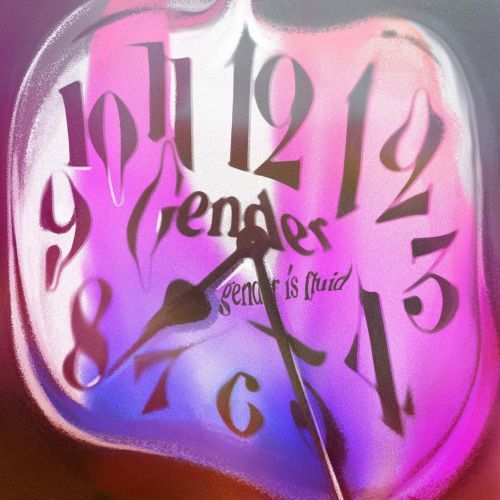Art: anti-Semitism in Europe and the first waves of feminism
In mid-October this year, Frieze Masters 2023 – one of the most important contemporary art fairs in the world – took place in London’s Regent’s Park. One of the events was the exhibition “Modern Women”, presenting women artists active in the years 1880–1980, during the period covering the first and second waves of Western feminism. The exhibition was organised by the feminist art historians group AWARE (Archives of Women Artists, Research and Exhibitions). The programme was dominated by “gender fluidity and pre-queer thinking. We’re trying to pursue the idea that what we call queer or LGBTQ+ today was really invented or thought about a century before.” emphasises AWARE curator and director Camille Morineau.
A new exhibition at the Prado Museum in Madrid presents how works of art have fueled centuries of Spanish anti-Semitism. It also addresses the use of art to shape and define relations between Jews and Christians in mediaeval Spain. “The relationship between the Christian and Jewish communities in the Middle Ages is one of the key topics in the history of our country,” says Miguel Falomir, director of the Prado. The exhibition “The Lost Mirror: Jews and Conversos in Medieval Spain” includes 71 works – paintings, haggadahs, sculptures, illuminated manuscripts and even a vine trunk – from approximately 30 churches, libraries, archives, and museums from Spanish and international collections.























